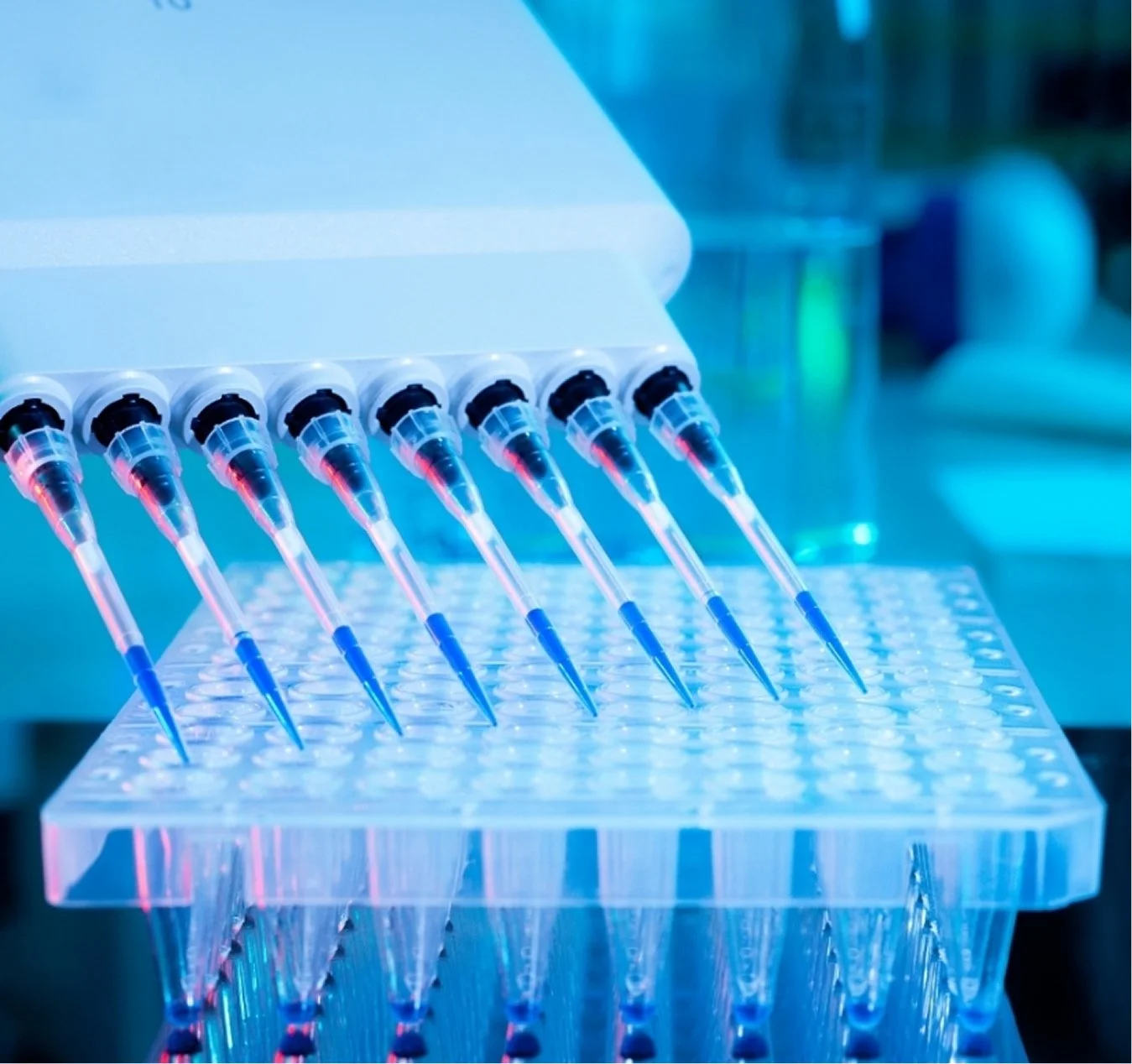 Image 1 of 1
Image 1 of 1


Mouse Autotaxin ELISA Kit
SIZE
96 wells/kit
INTRODUCTION
Autotaxin, also known as ENPP-2, is a secreted glycoprotein which belongs to the ectonucleotide pyrophosphatase/phosphodiesterase (NPP) family. Generally, NPPs can hydrolyze phosphates from nucleotides. Autotaxin exhibits the unique lysophospholipase D activity. The mature protein includes two somatomedin-B-like (SMB) cysteine knot domains, a catalytic domain, and an inactive C-terminal nuclease-like domain with an ef-hand-like motif that is important in cell motility, and a region involved in autotaxin secretion. There are three isoforms identified in mouse and human. Most circulating autotaxin is the β form which contains 863 amino acid. Autotaxin contributes to the predominant extracellular source of the phospholipid LPA (lysophosphatidic acid) from LPC (lysophosphatidylcholine). Autotaxin can also produce minor amounts of sphingosine 1-phosphate and cyclic phosphatidic acid which can antagonize many of the tumorigenic properties of LPA. Autotaxin stimulates tumor cell motility and enhances invasion and metastasis. It’s upregulated in melanoma, glioblastoma, breast and lung carcinoma, follicular lymphoma and other cancers. Autotaxin production by adipocytes enhances pre-adipocyte proliferation and may be elevated in obesity. Autotaxin is present in blood, urine, saliva, seminal and cerebrospinal fluids. In addition, plasma autotaxin is cleared by the liver which is elevated in liver disease. Normal serum or plasma autotaxin concentration is reported to be slightly higher in females than in males and highest in pregnant females.
PRINCIPLE OF THE ASSAY
This assay is a quantitative sandwich ELISA.The microtiter plate is pre-coated with a affinity purified antibody against mouse autotaxin. Standards and samples are pipetted into the wells and any mouse autotaxin present is bound by the immobilized antibody. After washing away any unbound substances, a biotin labelled polyclonal antibody specific for mouse autotaxin is added to the wells. After washing step to remove any unbound reagents, streptavidin-HRP conjugate (STP-HRP) is added. After the last wash step, substrate solution (TMB) is added and colour develops in proportion to the amount of mouse autotaxin bound initially. The assay is stopped and the optical density of the wells determined using a microplate at 450nm.
SIZE
96 wells/kit
INTRODUCTION
Autotaxin, also known as ENPP-2, is a secreted glycoprotein which belongs to the ectonucleotide pyrophosphatase/phosphodiesterase (NPP) family. Generally, NPPs can hydrolyze phosphates from nucleotides. Autotaxin exhibits the unique lysophospholipase D activity. The mature protein includes two somatomedin-B-like (SMB) cysteine knot domains, a catalytic domain, and an inactive C-terminal nuclease-like domain with an ef-hand-like motif that is important in cell motility, and a region involved in autotaxin secretion. There are three isoforms identified in mouse and human. Most circulating autotaxin is the β form which contains 863 amino acid. Autotaxin contributes to the predominant extracellular source of the phospholipid LPA (lysophosphatidic acid) from LPC (lysophosphatidylcholine). Autotaxin can also produce minor amounts of sphingosine 1-phosphate and cyclic phosphatidic acid which can antagonize many of the tumorigenic properties of LPA. Autotaxin stimulates tumor cell motility and enhances invasion and metastasis. It’s upregulated in melanoma, glioblastoma, breast and lung carcinoma, follicular lymphoma and other cancers. Autotaxin production by adipocytes enhances pre-adipocyte proliferation and may be elevated in obesity. Autotaxin is present in blood, urine, saliva, seminal and cerebrospinal fluids. In addition, plasma autotaxin is cleared by the liver which is elevated in liver disease. Normal serum or plasma autotaxin concentration is reported to be slightly higher in females than in males and highest in pregnant females.
PRINCIPLE OF THE ASSAY
This assay is a quantitative sandwich ELISA.The microtiter plate is pre-coated with a affinity purified antibody against mouse autotaxin. Standards and samples are pipetted into the wells and any mouse autotaxin present is bound by the immobilized antibody. After washing away any unbound substances, a biotin labelled polyclonal antibody specific for mouse autotaxin is added to the wells. After washing step to remove any unbound reagents, streptavidin-HRP conjugate (STP-HRP) is added. After the last wash step, substrate solution (TMB) is added and colour develops in proportion to the amount of mouse autotaxin bound initially. The assay is stopped and the optical density of the wells determined using a microplate at 450nm.

